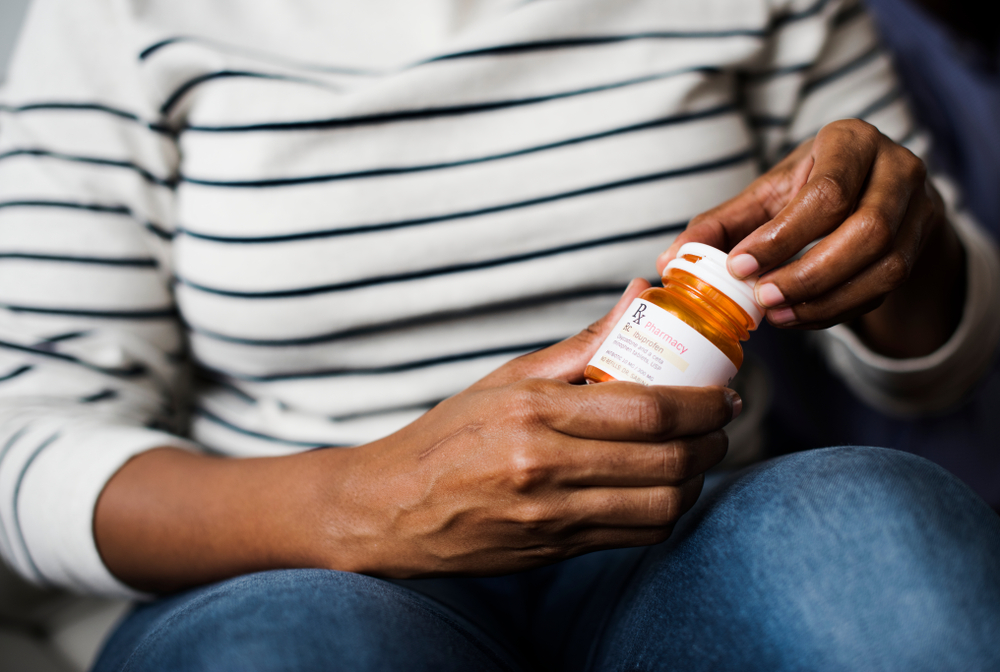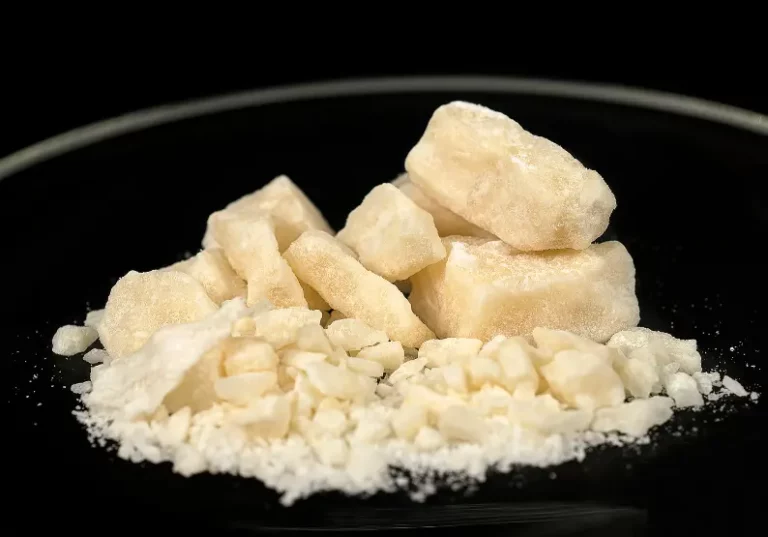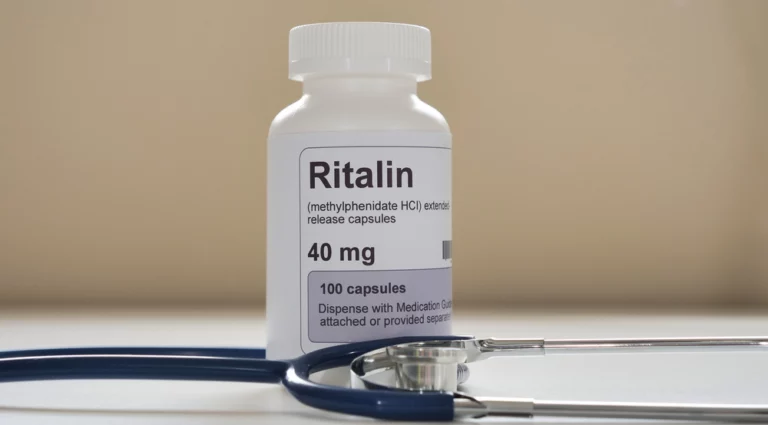Those who take Percocet, or know someone who does may wonder—how long does Percocet stay in your system? The duration that the opioid painkiller Percocet remains in your system is dependent on numerous things, including what you are being tested for, your physiology, and the drug’s half-life. Percocet can remain in your system up to 20 hours, but drug tests can still detect it up to 90 days after use, depending on the type of test.
What is Percocet?
Percocet comprises oxycodone and acetaminophen, two substances that work together to combat pain. Percocet is a narcotic pain reliever because it contains oxycodone, an opioid drug. Acetaminophen inhibits pain receptors, enhancing the effects of oxycodone.
Despite being a more powerful painkiller than acetaminophen or aspirin, Percocet is not as powerful as Morphine, a painkiller used to address the most severe pain. Percocet is also popular, and this may be due to its moderate-to-severe pain relief level.

Using opioids to relieve pain can result in adverse effects such as addiction, dependence, and withdrawal symptoms. Although they provide relief from pain, certain opioids also provide euphoria, resulting in individuals using them to feel good. As the body and brain become tolerant of opioids, they cease to function as well. When an individual’s opioid tolerance becomes too high, he or she might use more of the drug in order to function throughout the day without cravings.
What is Percocet Prescribed For?
Percocet is a dual-function opioid/nonsteroidal painkiller that works to reduce pain in a variety of ways. When someone takes Percocet, the drug oxycodone stimulates opioid receptors in the brain, altering their perception of pain. Percocet doesn’t eliminate the pain, but it keeps the victim from noticing it. In addition to oxycodone (Percocet), acetaminophen (Tylenol) is also contained. Tylenol serves two purposes: it enhances the painkilling properties of the drug, and it prevents overdose by limiting the amount of acetaminophen that can be absorbed.
How Does Percocet Make You Feel?
Some people describe the sensation as “happy” and “relaxed” after taking Percocet. Percocet can also produce euphoria and drowsiness. Driving or operating heavy machinery, particularly after taking Percocet, can be quite dangerous. When people take Percocet, especially those who have a high, they often become sleepy and experience reduced pain. Most people feel euphoric after taking Percocet. In some people, a pleasant euphoria is produced. A reduction in brain pain perception is caused by Percocet. In addition to stimulating the brain’s pleasure centers, Percocet also stimulates parts of the brain that sense pleasure. When the two effects are combined, the result may be a powerful euphoria.
Of course, those who abuse Percocet may take more of the drug than prescribed in an attempt to achieve this feeling. They may crush the pills and inhale them, delivering the medication faster and having a bigger impact. This can be very dangerous, as it raises the risk of overdose. The drug’s main ingredients are oxycodone and acetaminophen. The Percocet high is caused by oxycodone. This drug reduces pain as well as causes a euphoric high. Acetaminophen reduces fevers and pain, in contrast to acetaminophen, which does not create a high. Acetaminophen, while not producing a high, is toxic to the liver. Liver failure is a possible consequence of consuming too much acetaminophen.

How Long is Percocet Detectable on a Drug Test?
Percocet has a half-life of 3.5 hours in your blood, but it varies depending on your liver function. The half-life of a drug is the average amount of time it takes for half of the initial dose to be metabolized and excreted from your system. Your system takes multiple half-lives to eliminate the drug. It takes an average of 19 hours to eliminate Percocet from your system. Urine tests can detect Percocet up to 24 to 48 hours after your initial dose, starting 2 hours after you take the medication.
The immediate-release form of oxycodone has a half-life of approximately 3.2 hours. After it is metabolized in the liver, oxycodone is converted to noroxymorphone, which is eliminated through urine. In general, Percocet is eliminated from the bloodstream within 24 hours, but it may be detected in saliva and urine for up to 3-4 days and in hair for much longer. The timeframe for Percocet detection depends on the method, as listed below:
- Blood – Detectable for 24 hours after last dose
- Urine – Detectable up to four days after the last dose
- Saliva – Detectable up to 2 days after last dose
- Hair – Detectable up to 90 days after last dose
Factors That Affect How Long Percocet Stays In Your System
Several factors can affect how Percocet’s detection window, including:
- Dosage: Percocet might linger in your system longer at higher dosages than at lower doses.
- Age: As you age, your body may be less able to metabolize medicines, impacting how long Percocet remains in your bloodstream.
- Weight: Those who are heavier than average may metabolize medications more slowly than those who are lighter.
- Use frequency: It can take longer for Percocet to leave your system if you use it too often. Your body’s metabolic rate greatly influences how long medications remain in your bloodstream.
- Metabolism Rate: Drugs may leave the body more quickly in persons with faster metabolisms than those with slower metabolisms.
- Overall Health: Your general health may impact how long Percocet remains in your system.
Do All Drug Tests Detect Percocet?
No, not every drug test explicitly looks for Percocet. For instance, a normal 5-panel drug test, frequently used for pre-employment screens, generally looks for opiates, phencyclidine (PCP), cocaine, amphetamines, and marijuana. Opioid drugs, such as Percocet, hydrocodone, fentanyl, and morphine, may be detected in opioid-specific or 10-panel drug tests.

How Long do the Effects of Percocet Last?
Upon administration, Percocet is immediately absorbed by your gastrointestinal system, and oxycodone levels in your blood peak after two hours. Because of the oxycodone component, pain relief begins almost immediately after taking Percocet, resulting in quick pain relief. Between 30 minutes and one hour after taking a dose, most patients experience peak pain relief. It is usually taken every four to six hours, but its effects last for up to six hours. It may, however, be detected on a drug test for up to twice as long.
Percocet can be used to battle temporary pain and lasts for 3 to 6 hours. Your doctor will limit the number of pills you may receive to reduce the risk of abuse and dependence. The fast activity of both acetaminophen and oxycodone in Percocet makes it most effective for short-term pain. If you take Percocet for a long time, you may develop a tolerance to the drug. When someone is tolerant to Percocet, they require larger quantities to achieve the same painkilling results. Long-term pain relief is not as effective for patients who have taken Percocet for the first time.
What Is the Percocet Half-Life?
The half-life of Percocet varies from person to person and dose to dose. The active component of Percocet, oxycodone, has a half-life of 3 to 4 hours. Individual characteristics like age, weight, metabolism, and liver function can impact how rapidly the drug is gone. In addition, prolonged usage of Percocet may cause the medication to accumulate in the body, lengthening its half-life.
Is Percocet Addictive?
Yes, Percocet is highly addictive. An opioid prescribing guideline from the Centers for Disease Control and Prevention (CDC) has been established to support clients and physicians in delivering informed care when opioids like Percocet are needed to handle chronic or severe discomfort. Although many primary care physicians report that they are inadequately educated in prescribing opioids, which is consistent with the belief that 9.3 million individuals, including adolescents, misused prescription opioids in 2020, this has not prevented them from prescribing opioids.
According to the National Institute on Drug Abuse, prescription opioid deaths have been on the rise since 2020. Because of the presence of oxycodone in Percocet, Percocet addiction and overdose deaths associated with prescription opioids are prevalent. In addition to the common abuse of prescribed opioids in the United States, women are more likely to develop Percocet addictions as a result of pain, trauma, and hospital visits than men. Since patients may not always be aware of this fact when they receive their prescriptions, they may be at risk.
Percocet Withdrawal Symptoms
Abruptly stopping or reducing Percocet after long-term use can result in withdrawal symptoms, as it contains oxycodone, an opioid painkiller that can cause physical dependency. Withdrawal symptoms from Percocet can include:
- Anxiety
- Nausea
- Vomiting
- Yawning
- Insomnia
- Diarrhea
- Sweating
- Runny nose
- Muscle aches
- Dilated pupils
- Goosebumps
Depending on how long and how much Percocet was used, withdrawal symptoms can start anywhere from a few hours to a few days after the last dosage and persist anywhere from a few days to a few weeks.

Percocet Addiction Treatment at Knoxville Recovery Center
If you or a loved one needs assistance in overcoming Percocet addiction, Knoxville Recovery Center can assist you. Our addiction and mental health treatment center offers various therapeutic services and programs so that you can reclaim control of your life and adjust to life in recovery.
To receive addiction treatment in a safe and supportive environment inKnoxville, Tennessee, contact us today. We can assist you in safely beginning your recovery from Percocet addiction. Our treatment specialists are available to give you more information and to answer any questions you may have. You are not alone.








